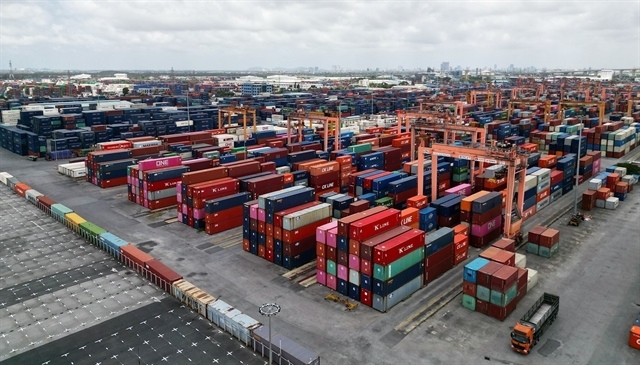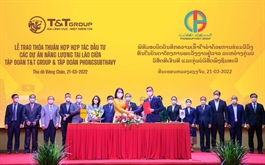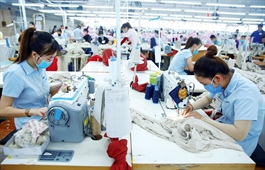New measures made to attract tech talent
New measures made to attract tech talent
Driven by rising tech acceleration, foreign-invested manufacturers in Vietnam are facing challenges in hiring the needed talent for growth, with digital skills being among the highest demands.

Nguyen Thu Trang, country head of Permanent Recruitment and Executive Search at ManpowerGroup Vietnam, said that there are some main forces that impact the future of work, including the rising tech acceleration.
“New roles are born while many others are disappearing as global manufacturing transitions to become fully digital. In contrast with the industry’s growth outlook, global manufacturers are facing challenges in ensuring needed talent for growth,” Trang said.
As shown in a survey by ManpowerGroup Vietnam and the Institute of Labour Science and Social Affairs under the Ministry of Labour, Invalids and Social Affairs (MoLISA), most foreign-invested enterprises (FIEs) are applying technologies from high to a very high level (32 per cent) or medium level (63 per cent). And only 5 per cent are at low and very low levels.
The survey was conducted with 200 FIEs in automobile assembling, electronics, textiles and footwear, food and beverages, and chemicals in the provinces of Bac Ninh, Hanoi, Hai Duong, Danang, and Binh Duong, and Ho Chi Minh City as well.
The level of tech application is an important element in determining the job structure based on skills. Amid the Fourth Industrial Revolution, the application of tech at FIEs is enhanced, requiring workers to have professional certificates and suitable skills.
Top skills include discipline, time and task management, but also technical and in-demand soft skills like communication, leadership and management skills.
More than one-fifth of FIEs responded that they find it difficult or very difficult to recruit skilled labourers that meet a company’s requirements. Top skills that are the most difficult to find are technical skills, foreign language skills, analytical and critical thinking, creativity, and decision-making skills, among others.
“To win in the digital age, an effective talent strategy should have four parts: build, buy, borrow, and bridge. Build your talent pipeline, buy skills where necessary, borrow from external talent sources, and bridge people with adjacent skills from one role to another to complement existing skills,” Trang recommended.
The processing and manufacturing industry continues to be a driver of economic growth in Vietnam. In 2021, the industrial production index rose 4.8 per cent against 2020, showing the industry’s recovery and bringing hope of a strong recovery and development in the months to come.
Minister of Labour, Invalids and Social Affairs Dao Ngoc Dung said that the local workforce structure will likely undergo significant changes as foreign investment tends to target industries that demand a workforce with average to high working skills, not industries with low skill requirements like textiles and footwear.
The findings also showed that 94 per cent of FIEs have clear directions in enhancing the application of new technologies and automation in manufacturing by 2023. The roles that FIEs have the highest recruitment demands in 2021-2023 are production, machine/equipment operation, engineers/technicians, sales and marketing, customer care, product design, and export-import, among others.
In order to meet skills demands, businesses plan to utilise two key measures: re-training the workforce (86 per cent) and new recruitment from the market (84 per cent). In addition, more than half of businesses (59 per cent) plan to adopt partnerships with universities, colleges and training centres to enhance the skills of their workers, according to the survey.
























